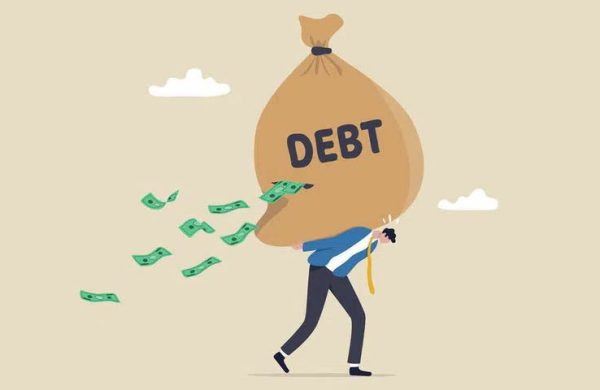External debt up 6.0pc YoY to $104.76b in March
- Update Time : Thursday, July 17, 2025

Staff Correspondent:
Bangladesh’s overall external debt rose by around 6.0 per cent to US$104.76 billion in March 2025, which was around $6.0 billion higher from the corresponding period a year ago when the volume was $98.93 billion, according to the latest data from the Bangladesh Bank.
The rise is mainly attributed to the public sector’s growing appetite for foreign funds.
Since March last year, the outstanding figure of foreign debts enhanced slightly to $103.41 billion in June and $104.41 billion in September last year. It dropped a little to $103.74 billion by the end of December 2024, according to the data.
The official data showed that long-term debt stood at $91.92 billion, while short-term borrowing accounted for $12.84 billion.
The public sector incurred the maximum of the debt, $84.89 billion, with the remaining $19.87 billion borrowed by the country’s private sector.
In terms of country-wise external debts, China is the leading creditor nation, with Bangladesh owing $3.35 billion followed by the Netherlands ($1.29 billion), the United Kingdom ($1.14 billion), and the United States of America ($0.79 billion).
Speaking on condition of anonymity, a Bangladesh Bank official said the rise in external debt is due to government’s increased borrowing to finance mainly physical development activities.
When asked about the growing external-debt obligations, the banker downplayed concerns, noting that the long-term nature of most loans mitigates pressure on the economy. The country does not need to worry about immediate repayment, the BB official said, adding that repayment pressure will gradually increase over a longer period.
The official mentioned that Bangladesh’s external debt-to-GDP ratio remained well within the IMF-designated 40-percent threshold.
According to the BB statistics, the government outstanding external debt to GDP ratio increased to 15.17 per cent in financial year 2023-2024 from 13.82 per cent recorded in FY 23.
Dr Masrur Reaz, founder-chairman of Policy Exchange Bangladesh, said most foreign loans are used for public infrastructure development, with the government intending to repay them from the economic returns generated by these projects.
The key issue is whether it is used effectively to accelerate economic growth, he said. The economist noted that the country’s overall external-debt obligation is still manageable but it had expanded in the last 7-8 years at such a rate which is alarming.
“Such rapid rise in foreign borrowing happened mainly because of indiscriminate use of foreign funds to finance a good number of inefficient public-sector projects.” The encouraging part is, according to him, the interim government and the current leadership of the central bank have taken a strict stance on proper use of funds through ensuring prudent public-fund management.
















